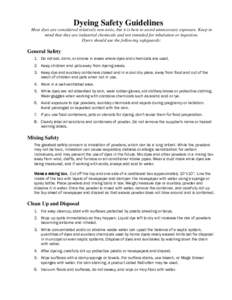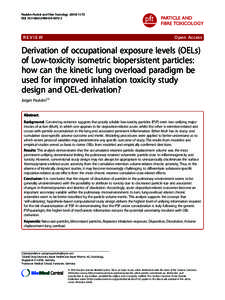<--- Back to Details
| First Page | Document Content | |
|---|---|---|
 Date: 2014-04-29 10:51:40Ethers Organochlorides Environmental science Emission standards Bis(chloromethyl) ether Water quality Inhalation exposure United States Environmental Protection Agency Chemistry Organic chemistry Environment |
Add to Reading List |
 Draft Update of Human Health Ambient Water Quality Criteria: Bis(Chloromethyl) Ether
Draft Update of Human Health Ambient Water Quality Criteria: Bis(Chloromethyl) Ether



